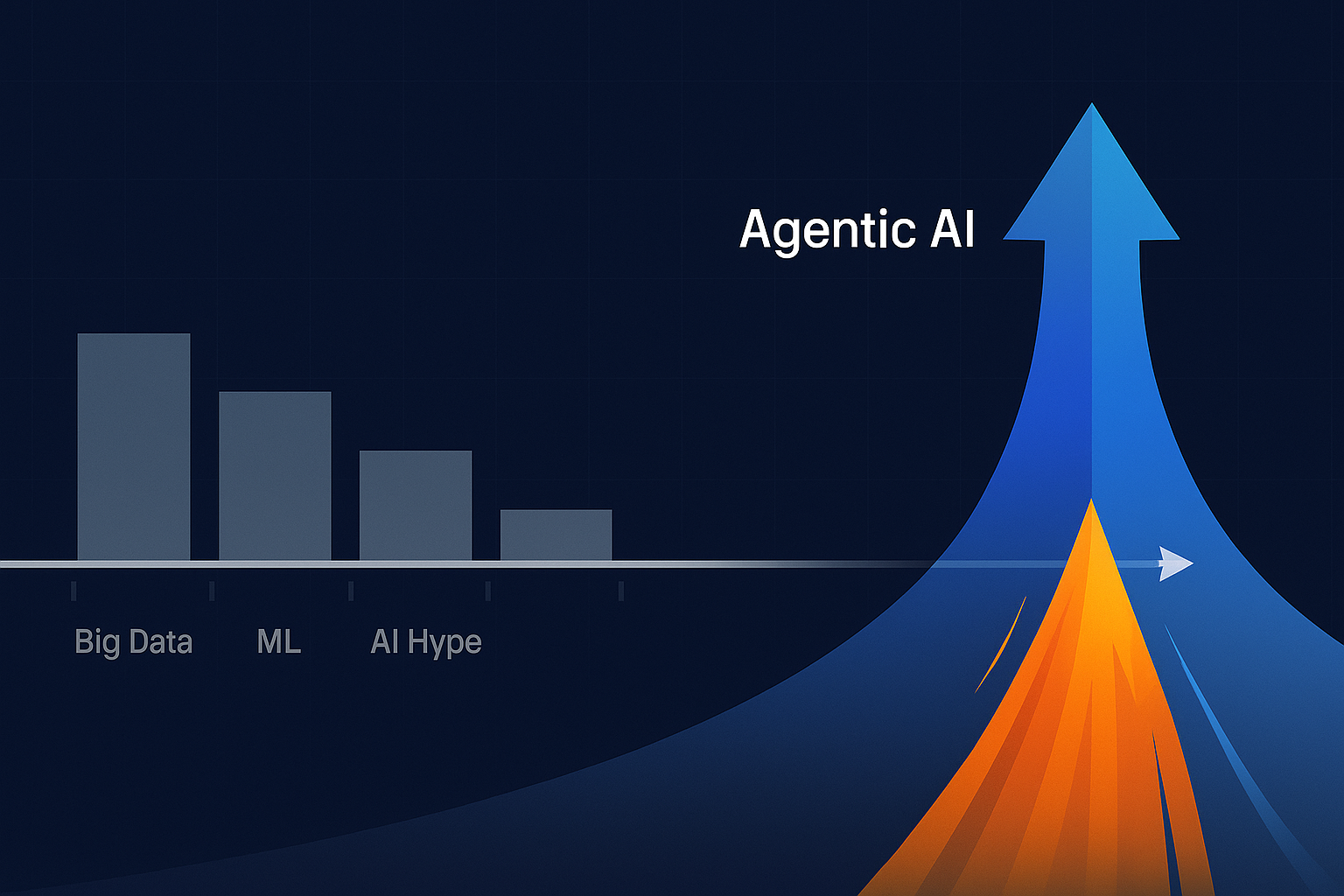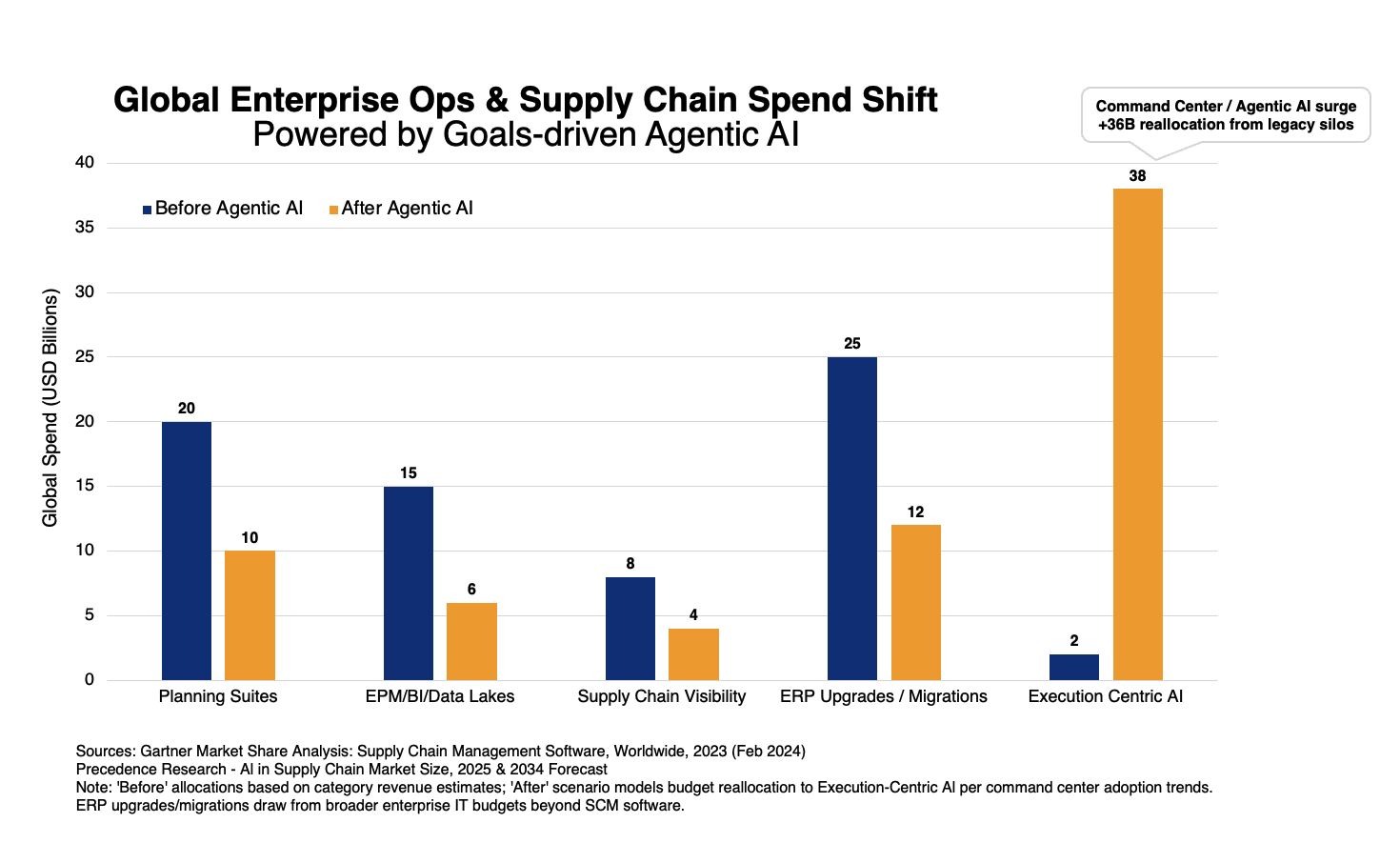Owning Operations When God Plays Dice...
Einstein: “God does not play dice with the universe”
Bohr: “Einstein, stop telling God what to do”
The above is a famous exchange between two of the finest minds that walked this planet. Einstein was expressing his discomfort with the uncertainty inherent in quantum theory and his desire for a more deterministic way to describe the universe. Bohr’s retort was an effort at defending the abstraction.
I am no physicist, and this is not an article on quantum mechanics. But for a moment, imagine two operations professionals discussing work and uttering exactly those same words. The exchange won’t be too out of place with the uncertainty that has plagued us over the last two years. On one hand God seems to have played dice with all the demand and supply shocks, worker shortages, transportation problems, and inflation. Vulnerabilities of seemingly ‘efficient’ supply chains have been laid threadbare by a series of extreme unforeseen events. On the other hand, one cannot but marvel at how the likes of Amazon, Tesla and Costco got a leg up over their competition under the same circumstances. Their operations chugged along even when the Divine apparently visited Vegas’ famed halls.
Leading companies like the ones mentioned have raised customer expectations. “Acts of God” are no longer an excuse for below par performance. One may argue that the 3 highlighted above are large companies with endless resources at their command. But that’s not the whole story because many large and even mid-sized companies have enough volumes to reap comparable benefits of scale. Given the recent spate of shortages, it is tempting to highlight control over suppliers as another reason for their success. But these companies were ahead even before the recent supply shortages.
If it’s not scale and control over suppliers, what sets the trailblazers apart? They somehow seem to have an unwavering focus on 3 aspects of operations success pillars (OSP’s) – pre-empting issues, designing their processes for efficiency, and high levels of automation around decision points. The focus helps them control or own their operations even when the external environment changes in unimagined ways. This is not to say that they deliver flawless products or services. They too have their problems as some recent Amazon delivery delays show. But their problems are far fewer, and customers consider their offerings to be the best despite the blips. More importantly, the gap between them and others widen during uncertain times.
Focusing on the OSP’s - preempting problems, design for efficiency and automation - sounds quotidian, perhaps. Aren’t they the priority of every operations & IT team? Of course, many organizations have implemented systems that strengthen these operational pillars, but the problem is that they have done it in silos. A simple example is the CRM system highlighting unexpected spikes or dips in demand, but not flagging corresponding low/high inventory projections because inventory, logistics, & procurement are independently optimized in separate systems!
The other question is why does the preternatural make the gap vis-à-vis the leaders wider? The answer lies in the memory of operations teams. They have seen many of the normal-time problems before and know procedures that delivered outcomes albeit through brute force. So, even if their actions are not proactive, quick or complete, they do eventually bring in closure. But when God plays dice, the problems are new. Often fixes create additional problems because they don’t have a complete view of the issue. The siloed setup also prevents handling problems in a more systemic and automated way. Over our decade long supply chain and operations journey at OpsVeda, we have been grounded in the principle that it is impossible to optimize demand or supply or inventory or margins in silos. The only way to optimize one is to optimize all, continuously.
So, can every organization own its operations the way champs do? Yes, and the best part - the transformation can be mostly non-disruptive. An Operations Management System (OMS) that brings together information from these siloed systems for continuous and holistic analysis is an easy add-on. Activities at different corners of the extended enterprise will get cross-linked and continuously evaluated with organization specific rules for potential delays/disruptions/opportunities. Instead of monitoring alerts from siloed applications and slowly piecing together the information, contextually right actions will be prescribed to the operations team. Most importantly the OMS will enable them to act early when there is a better chance of salvaging the situation.
So, what should the OMS include and how does one go about evaluating one? Below are a few things to consider:
- Data acquisition: Does the OMS come with data adaptors for your major systems of record? Are these adaptors merely technical connectors or are they business aware with the source system functionally mapped? Growth inevitably brings changes to the system landscape – how quickly can new systems be set up to stream to the OMS?
- Processing cadence: Can the OMS acquire & process data at the cadence that the business needs. Can it be near real-time? Remember, God plays dice without notice!
- Richness of operations knowledge: Operations is vast, industries have their quirks, and the priorities of companies can be diverse. How many of your immediate problems are addressed by the readymade content in the OMS?
- Configurability: Dices roll in different ways and the future is uncertain. How configurable is the OMS and how quickly can it be adapted to act on new exception situations? Along with the readymade content, configurability will influence the pace of initial rollout too.
- Advanced analytics: Chances are that your team has already worked out customized solutions for important problems. The solution might involve advanced machine learning or optimization techniques. How easily can they be integrated into the platform? Can new solutions leverage such techniques within the OMS itself?
- Automation: While the action may be initiated in the OMS, it will ultimately be executed in one or more of the transaction systems. Many of those actions will happen in hands-off mode while some will go for human review. The ease of integration and automation to enable autonomous and semi-autonomous action is another key criterion.
When it comes to picking business partners, companies are ableist. There is no turpitude in seeking operationally strong suppliers and buyers for efficiency and predictability. So, operational excellence is a necessity even in the best of times. When God rolls the dice, this bias becomes even more expensive. The OMS can turn this ableism into an advantage. Ask OpsVeda about implementing one.







